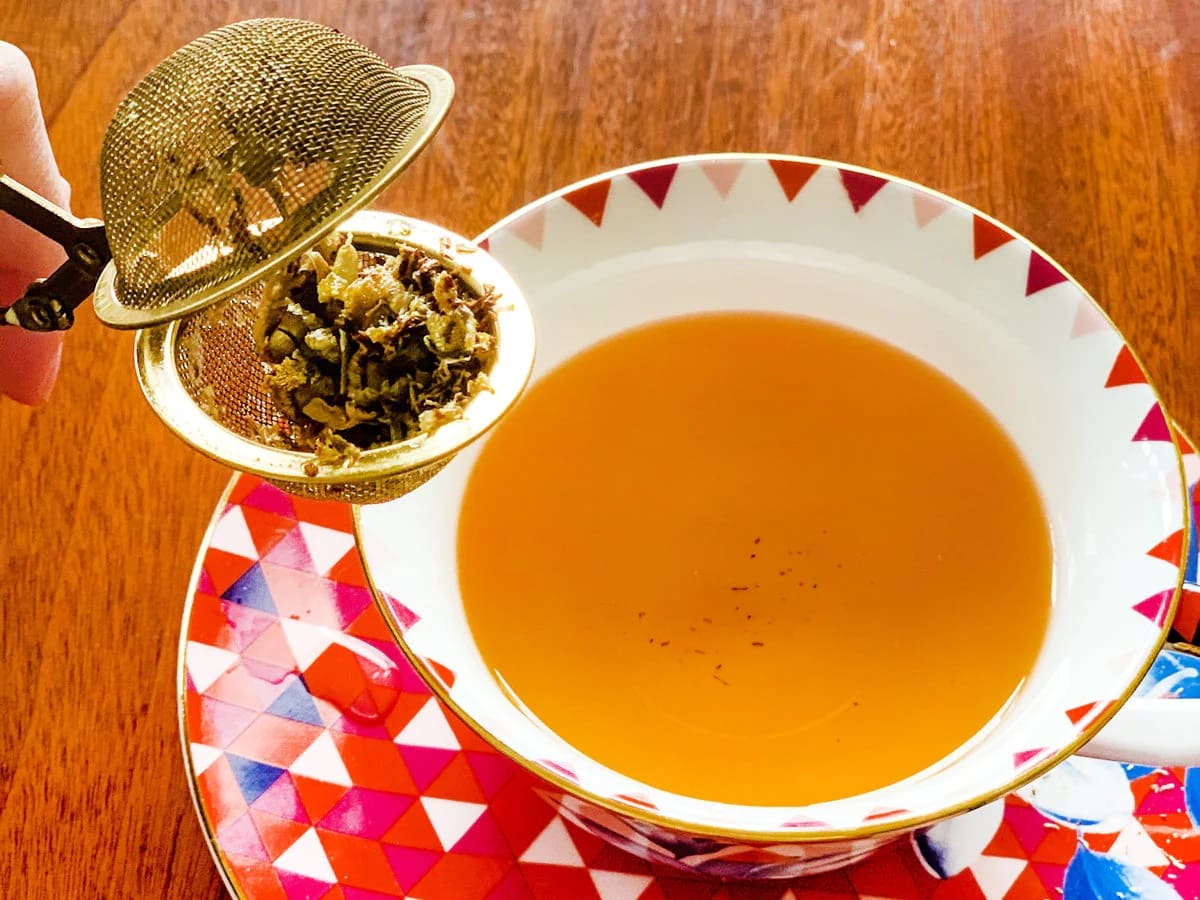

Articles
How To Store Used Tea Leaves
Modified: January 6, 2024
Learn how to store used tea leaves in this informative article. Discover the best methods and tips for maximizing the flavor and longevity of your used tea leaves.
(Many of the links in this article redirect to a specific reviewed product. Your purchase of these products through affiliate links helps to generate commission for Storables.com, at no extra cost. Learn more)
Introduction
Tea lovers understand the joy that comes with a perfect cup of tea. The aroma, the taste, and the comforting warmth can turn any ordinary day into a delightful experience. But what happens to those used tea leaves after you’ve brewed your favorite beverage? Instead of discarding them, why not consider storing and reusing them?
Storing used tea leaves may sound unconventional, but it is a practice that has been embraced by tea enthusiasts for centuries. Not only does it help reduce waste, but it also offers several benefits that can enhance your tea-drinking experience. In this article, we will explore the benefits of storing used tea leaves, how to prepare them for storage, and the best techniques for maintaining their freshness.
By storing used tea leaves, you have the opportunity to extract additional flavors and aromas from the leaves. With each brew, the leaves release different compounds that contribute to the overall taste profile of the tea. By reusing the leaves, you can experience a more complex and nuanced cup of tea.
Furthermore, storing used tea leaves allows you to experiment with different brewing techniques. You can try steeping the leaves for a shorter or longer time, adjusting the water temperature, or even combining different types of tea leaves to create your custom blend. This versatility opens up a world of possibilities and allows you to explore and tailor your tea-drinking experience to your preferences.
Not only are stored used tea leaves versatile, but they are also environmentally friendly. By reusing tea leaves instead of disposing of them after a single use, you are reducing waste and minimizing your carbon footprint. It’s a small but impactful step towards adopting sustainable practices in your daily life.
To make the most of your stored used tea leaves, it’s essential to prepare them properly before storage. Start by gently rinsing the used leaves with cold water to remove any residual flavors or impurities. Next, allow the leaves to air-dry completely. This step is crucial to prevent mold or bacterial growth during storage.
When it comes to selecting a container for storing used tea leaves, opt for an airtight and opaque option. Exposure to air, light, and moisture can degrade the quality of the tea leaves and diminish their flavor. Choose a container with a tight seal to preserve the freshness and prevent any unwanted odors from seeping in.
Now that you’re familiar with the importance of storing used tea leaves and how to prepare them for storage, let’s explore the best techniques for storing and maintaining their freshness. By following these tips, you can ensure that your stored tea leaves remain flavorful, aromatic, and ready for brewing whenever you desire.
In the following sections, we will delve into the proper storage techniques for used tea leaves. We will also discuss tips for maintaining their freshness, different uses for stored tea leaves, and conclude with a summary of the benefits of this practice. So, get ready to embark on a journey of tea exploration and discover the wonders of storing used tea leaves!
Key Takeaways:
- Embrace the art of storing used tea leaves to enhance flavors, reduce waste, and explore sustainable tea-drinking practices. Unleash the versatility of reusing tea leaves for a richer, more eco-friendly tea experience.
- Transform used tea leaves into culinary, beauty, and household essentials. From cooking to composting, discover the creative potential of repurposing tea leaves for a more sustainable and flavorful lifestyle.
Read more: How To Store Tea Leaves
Benefits of Storing Used Tea Leaves
Storing used tea leaves may seem unconventional, but it offers several benefits that can elevate your tea-drinking experience. Here are some of the key advantages:
1. Enhanced flavor and aroma: By storing used tea leaves, you can extract additional flavors and aromas from the leaves. Each brew releases different compounds, and by reusing the leaves, you can create a more complex and nuanced cup of tea. The stored leaves develop unique characteristics that can surprise and delight your taste buds.
2. Versatility in brewing: Storing used tea leaves allows you to experiment with different brewing techniques. You can adjust the steeping time, water temperature, or even blend different types of tea leaves for a customized flavor profile. This versatility opens up a world of possibilities and allows you to tailor your tea-drinking experience to your preferences.
3. Environmental sustainability: By reusing tea leaves instead of discarding them after a single use, you are reducing waste and adopting a more sustainable approach to tea consumption. This small but impactful step helps minimize your carbon footprint and contributes to a greener planet.
4. Cost-effective: Storing used tea leaves can save you money in the long run. Instead of buying new tea for every brewing session, you can maximize the value of your initial purchase by reusing the leaves multiple times. This economical approach allows you to enjoy your favorite teas without breaking the bank.
5. Unique tea blends: Storing used tea leaves provides an opportunity to create your custom tea blends. You can experiment and combine different types of leaves to achieve a unique flavor combination that suits your taste preferences. This creative aspect of storing used tea leaves adds excitement and a personal touch to your tea-drinking routine.
6. Medicinal properties: Tea is known for its potential health benefits, and storing used tea leaves can enhance these properties. Many compounds and antioxidants present in tea leaves are released gradually with each steeping. By reusing the leaves, you can ensure that you are extracting all the goodness and potentially increasing the health benefits of your brewed tea.
7. Moments of relaxation: Storing used tea leaves allows you to prolong your tea-drinking experience. Instead of rushing through a single cup, you can savor multiple cups of tea from the same batch of leaves. This practice encourages you to take a moment for yourself, pause, and indulge in the soothing ritual of tea drinking.
To make the most of these benefits, it’s important to follow proper storage techniques and maintain the freshness of your used tea leaves. In the next sections, we will explore how to prepare used tea leaves for storage, choose the right container, and implement effective storage techniques. So, let’s dive deeper into the world of storing used tea leaves and unlock the full potential of your tea-drinking experience.
Preparing Used Tea Leaves for Storage
Properly preparing used tea leaves for storage is essential to maintain their quality and prolong their freshness. Follow these steps to ensure the best results:
1. Rinse the leaves: Before storing the tea leaves, give them a gentle rinse with cold water. This helps remove any residual flavors or impurities that may affect the taste of your stored tea. Avoid using hot water as it can partially brew the leaves and diminish their future flavor potential.
2. Air-dry the leaves: After rinsing, let the tea leaves air-dry completely. Spread them out on a clean surface, such as a kitchen towel or a drying rack, and leave them undisturbed until they are thoroughly dry. Ensure that there is adequate airflow to prevent moisture buildup, as dampness can lead to mold or bacterial growth during storage.
3. Consider blending or separating: Depending on your preference, you can choose to store different types of used tea leaves separately or blend them together. Separating the leaves allows you to control the flavor profile when brewing, while blending can create unique and exciting combinations. Experiment with different variations to find your perfect blend.
4. Remove any foreign matter: While preparing the used tea leaves, inspect them carefully and remove any foreign matter such as tea bags or tea sachets. These non-biodegradable items can degrade the quality of the stored leaves and potentially introduce unwanted flavors or odors.
5. Store in small portions: To maintain the freshness of your stored tea leaves, it is recommended to divide them into smaller portions before storing. This prevents repeatedly exposing the entire batch to air, preserving the unused tea leaves until their next use. Choose airtight containers that are proportionate to your desired serving size.
Remember, the key to successfully preparing used tea leaves for storage is ensuring they are completely dry and free from any contaminants. With proper preparation, you can extend the life of your tea leaves and continue to enjoy their flavors and aromas for multiple brewing sessions.
In the next section, we will explore the different container options for storing used tea leaves and discuss which one is best suited for maintaining their freshness and flavor. So, let’s dive into the world of tea storage and discover the ideal containers for storing your precious leaves.
Choosing the Right Container for Storing Used Tea Leaves
When it comes to storing used tea leaves, selecting the right container is crucial to preserve their freshness and flavor over time. Here are some factors to consider when choosing the perfect container:
1. Airtightness: The container you choose should have a tight seal to prevent air from entering and oxygenating the tea leaves. Exposure to air can lead to oxidation, which can cause the leaves to lose their aroma and flavor. Look for containers with lids that create a secure and airtight closure.
2. Opaque or dark-colored: Light can degrade the quality of tea leaves, especially when exposed for extended periods. To protect the leaves from light damage, opt for containers that are opaque or dark-colored. This helps to minimize the amount of light entering the container and preserves the leaves’ freshness and flavor.
3. Material: Choose a container made of a material that is non-reactive and does not absorb odors. Glass, stainless steel, and ceramic containers are ideal options as they do not interact with the tea leaves and retain the original flavors. Avoid plastic containers, as they can sometimes absorb strong smells and transfer them to the stored tea.
4. Size and capacity: Consider the amount of used tea leaves you plan on storing and choose a container that accommodates your needs. It’s advisable to select a container that is slightly larger than the amount of tea leaves you have to minimize air space within the container. This reduces the exposure of the leaves to oxygen and helps maintain their freshness.
5. Ease of use: Look for a container that is easy to open and close. It should be convenient to access the stored tea leaves without damaging them. Containers with wide openings or removable lids make it easier to scoop out the desired amount of leaves for brewing.
6. Environmental considerations: If sustainability is important to you, consider using eco-friendly containers. Look for options made from recycled materials or invest in reusable options that contribute to reducing waste. By choosing a sustainable container, you align your tea storage practices with your environmental values.
Keep in mind that the container you select should be dedicated solely to storing used tea leaves. Avoid using containers that previously stored strong-smelling foods or substances, as they may transfer unwanted flavors and odors to the tea leaves.
By considering these factors and selecting a container that meets your requirements, you can ensure the optimal storage of your used tea leaves. In the next section, we will explore the proper storage techniques to maintain the freshness and flavor of the stored tea leaves. So, let’s continue our journey to discover the secrets of tea storage!
After using tea leaves, make sure to store them in an airtight container to maintain their freshness and flavor. Keep the container in a cool, dark place away from moisture and strong odors.
Proper Storage Techniques for Used Tea Leaves
Now that you have prepared your used tea leaves and chosen the perfect container, it’s time to explore the proper storage techniques to maintain their freshness and flavor. Follow these guidelines to ensure optimal storage:
1. Fill the container: Fill the chosen container with the prepared and completely dry used tea leaves. It’s essential to fill the container as full as possible to minimize the amount of air inside. This reduces the risk of oxidation and helps preserve the flavors and aromas of the leaves.
2. Seal tightly: Once the container is filled with the tea leaves, ensure that the lid is tightly sealed. This prevents air from entering and protects the leaves from oxidation and moisture. Take extra care to ensure the container is properly closed every time you access it to maintain freshness.
3. Store in a cool and dry place: Find a suitable location to store the container of tea leaves. Aim for a cool and dry place, away from direct sunlight, heat, and moisture. Exposure to these elements can degrade the quality of the leaves and compromise their flavors. A pantry or cupboard away from the kitchen stove or any heat sources is an ideal spot.
4. Avoid strong odors: Tea leaves are porous and can easily absorb odors from their surroundings. Keep the container away from strong-smelling substances, such as spices, herbs, or cleaning agents. This prevents the stored tea leaves from taking on unwanted flavors or aromas.
5. Do not refrigerate or freeze: While it may seem tempting to refrigerate or freeze the container of tea leaves, it’s best to avoid these methods. The fluctuating temperature and condensation in the refrigerator or freezer can cause moisture to seep into the leaves, affecting their quality and flavor. Stick to storing them in a cool and dry pantry or cupboard.
6. Limited exposure to air: To maintain the freshness of the stored tea leaves, try to limit their exposure to air. Each time you open the container, close it as quickly as possible to minimize the amount of air entering. Additionally, only scoop out the amount of leaves you need for brewing to avoid prolonged exposure of the remaining leaves.
7. Use within a reasonable time frame: While stored tea leaves can retain their flavor for a considerable amount of time, it’s best to use them within a reasonable time frame. Aim to consume the stored leaves within 6-12 months for optimal flavor and aroma. Over time, the quality of the leaves may gradually diminish, so it’s best to enjoy them while they are at their freshest.
By following these proper storage techniques, you can prolong the freshness, flavor, and aroma of your stored tea leaves. Experiment with different brewing methods and enjoy the delightful cups of tea that result from your carefully stored leaves.
In the next section, we will discuss some tips for maintaining the freshness of the stored tea leaves and explore the various uses for these reinfused leaves. So, let’s continue our journey through the world of tea storage and discover the versatility of stored used tea leaves!
Read more: How To Store Tea Leaves For Reuse
Tips for Maintaining the Freshness of Used Tea Leaves
To ensure that your stored used tea leaves remain fresh and flavorful, here are some helpful tips to follow:
1. Keep the container sealed: After each use, make sure to close the container tightly to prevent air from entering. Proper sealing helps maintain the freshness of the tea leaves and prevents them from being exposed to oxygen, which can cause them to stale quickly.
2. Avoid excessive handling: Minimize unnecessary handling of the tea leaves to prevent them from breaking down or losing their flavor. Each time you open the container or scoop out leaves, try to do so gently and avoid unnecessary agitation.
3. Use clean utensils: When handling the tea leaves, use clean utensils and avoid touching them directly with your hands. This helps prevent the transfer of oils, moisture, and microorganisms that can compromise the quality of the leaves.
4. Don’t mix with moisture-rich ingredients: Keep the stored tea leaves away from ingredients with high moisture content, such as dried fruits or herbs. These moisture-rich ingredients can introduce excess humidity, leading to the deterioration of the tea leaves’ quality.
5. Beware of strong odors: Store the container of tea leaves in an area away from strong-smelling substances, such as spices, strong cheeses, or cleaning products. Tea leaves are adept at absorbing odors, so keeping them separate helps maintain their distinct flavor and aroma.
6. Avoid direct sunlight and heat: Exposure to sunlight and heat can cause the tea leaves to deteriorate rapidly. Store the container in a cool, dark place, away from direct sunlight, stoves, or other sources of heat. Maintaining a consistent temperature helps to preserve the tea leaves’ freshness and flavor.
7. Use within a reasonable time frame: While stored tea leaves can retain their quality for an extended period, it’s recommended to use them within 6-12 months for the best flavor. Over time, tea leaves can gradually lose their potency and freshness, so try to consume them while they are still at their peak.
By implementing these tips, you can maximize the freshness and flavor of your stored used tea leaves. Enjoy the versatility of reusing these leaves for multiple brews, and savor the unique and nuanced flavors that they continue to offer.
In the next section, we will explore the different uses for stored used tea leaves beyond brewing another cup of tea. Let’s dive into the various creative ways you can incorporate these leaves into your daily life.
Different Uses for Stored Used Tea Leaves
Stored used tea leaves can serve a variety of purposes beyond simply brewing another cup of tea. Here are some creative and practical ways you can make use of these versatile leaves:
1. Cooking and baking: Incorporate used tea leaves into your culinary adventures. Infuse them into broths, sauces, or marinades to add a subtle tea flavor to your dishes. You can also mix tea leaves into doughs for bread, cookies, or cakes to create unique and flavorful baked goods.
2. Natural fertilizer: Tea leaves are rich in nutrients and can be used as a natural and eco-friendly fertilizer for plants. Mix the used leaves into the soil of your potted plants or sprinkle them around your garden to provide them with a nutrient boost. The leaves will gradually decompose, releasing their beneficial properties into the soil.
3. Homemade beauty treatments: Tea leaves can be used in DIY beauty treatments for your skin or hair. Create homemade facial scrubs by combining tea leaves with other natural ingredients like honey or coconut oil. The antioxidants present in tea leaves can help rejuvenate and nourish your skin, leaving it feeling refreshed and revitalized.
4. Odor absorber: Place dried tea leaves in a small muslin or mesh bag and use them as a natural odor absorber. Put them in your shoes, gym bag, or even your refrigerator to absorb unwanted smells and leave a refreshing tea aroma.
5. Compost material: Adding used tea leaves to your compost pile can enhance its nutrient content. The leaves are biodegradable and will break down over time, enriching the compost with valuable organic matter. This nutrient-rich compost can then be used to fertilize your garden, promoting healthy plant growth.
6. Cleaning agent: Tea leaves can be used as a gentle and natural cleaning agent. Sprinkle some dried leaves onto greasy or stained surfaces and scrub with a damp cloth. The leaves’ antioxidants and natural oils can help remove dirt and grime effectively.
7. Potpourri: Create your own aromatic potpourri by drying used tea leaves and combining them with dried flowers, spices, or essential oils. Place the mixture in a decorative dish or sachet, distributing a delightful fragrance throughout your home.
These are just a few examples of the many creative ways you can repurpose and enjoy the benefits of stored used tea leaves. Let your imagination guide you, and discover new and innovative uses that suit your preferences and lifestyle.
To conclude, proper storage and utilization of used tea leaves can enhance not only your tea-drinking experience but also various aspects of your daily life. Embrace the versatility of these leaves, reduce waste, and explore the exciting possibilities they have to offer.
Conclusion
Storing used tea leaves is a practice that offers numerous benefits and opportunities for tea enthusiasts. By reusing the leaves, you can experience enhanced flavors, explore different brewing techniques, and contribute to a more sustainable and eco-friendly lifestyle.
Properly preparing used tea leaves for storage is essential to maintain their quality. Take the time to rinse the leaves, allow them to dry completely, and consider separating or blending them to create unique flavor profiles. Choosing the right container is equally important, ensuring it is airtight, opaque, and made of a non-reactive material.
Implementing proper storage techniques such as sealing the container, storing in a cool and dry place, and limiting exposure to air can help maintain the freshness and flavor of the stored tea leaves. By following these steps, you can continue to enjoy the delights of tea for an extended period.
Furthermore, there are various creative uses for stored used tea leaves beyond brewing another cup of tea. Experiment with cooking, baking, beauty treatments, natural fertilizers, odor absorbers, cleaning agents, and even potpourri. Explore the versatility of tea leaves and discover the unique ways they can enhance your daily life.
In conclusion, storing used tea leaves is a sustainable and enjoyable practice that allows you to prolong the tea-drinking experience, explore different flavors, and make a positive impact on the environment. By following the tips and techniques mentioned in this article, you can bring new life to your tea leaves and unlock their full potential.
So, don’t let those used tea leaves go to waste. Embrace the art of storing and reusing them, and savor the richness and depth of flavor that can be achieved with each brew. Together, let’s embark on a journey of tea exploration, sustainability, and creativity. Cheers to the wonders of stored used tea leaves!
Frequently Asked Questions about How To Store Used Tea Leaves
Was this page helpful?
At Storables.com, we guarantee accurate and reliable information. Our content, validated by Expert Board Contributors, is crafted following stringent Editorial Policies. We're committed to providing you with well-researched, expert-backed insights for all your informational needs.
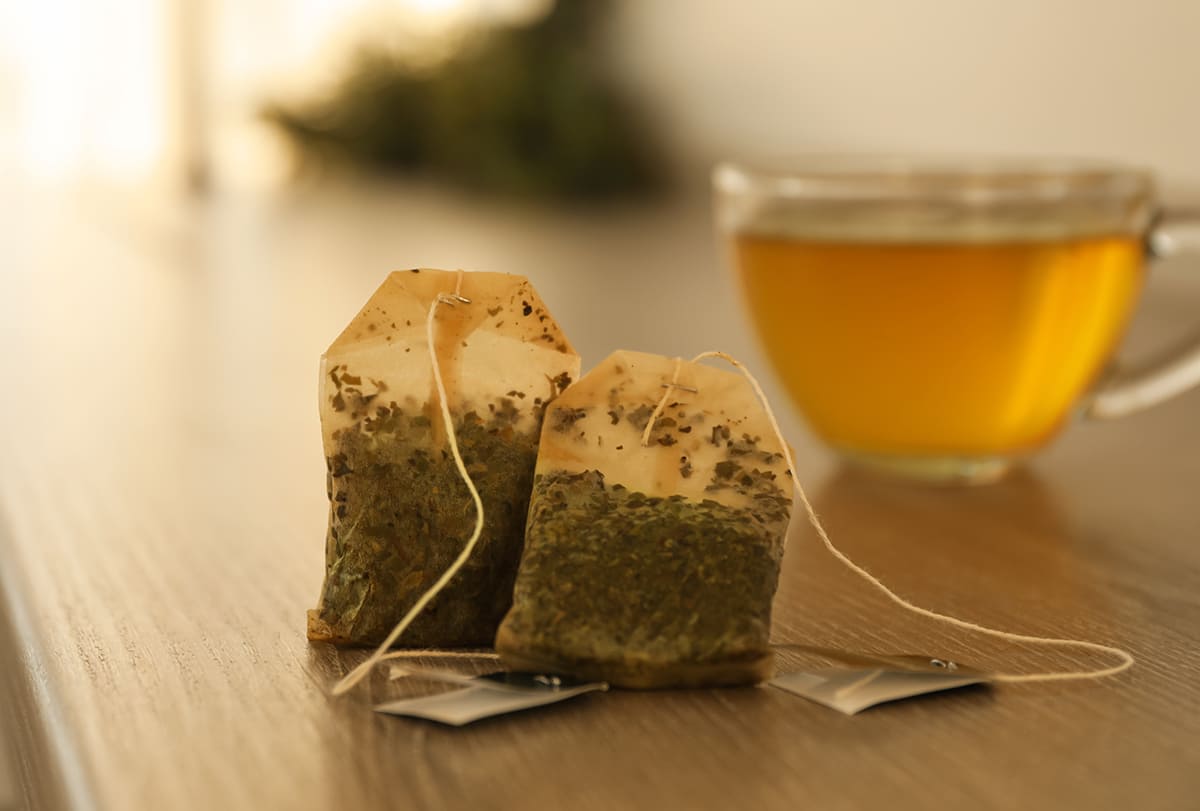
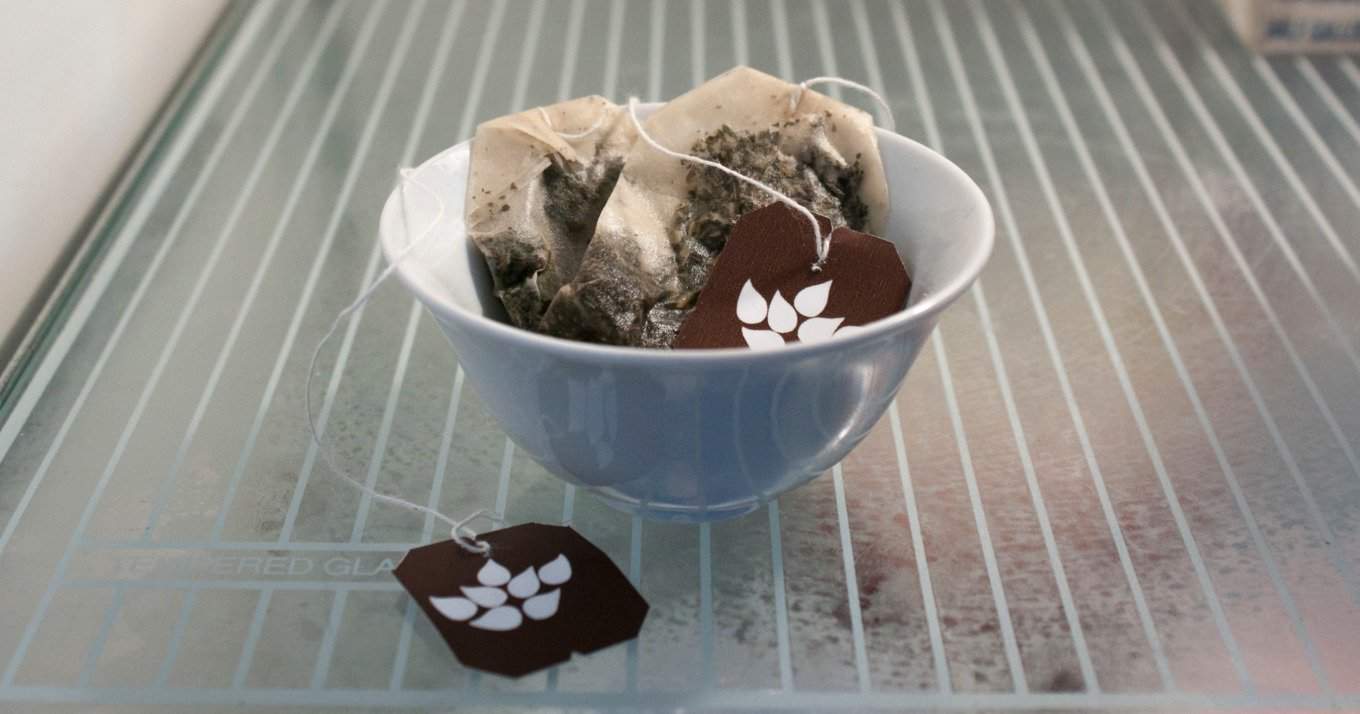
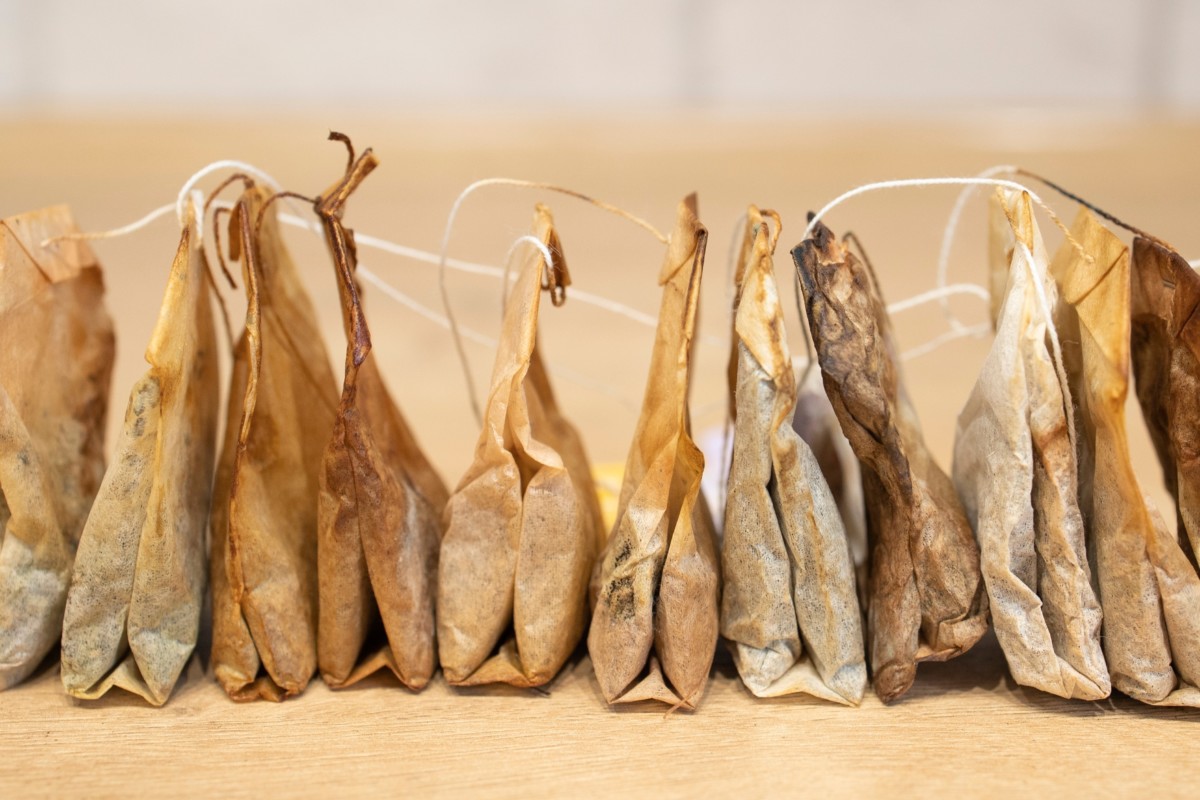
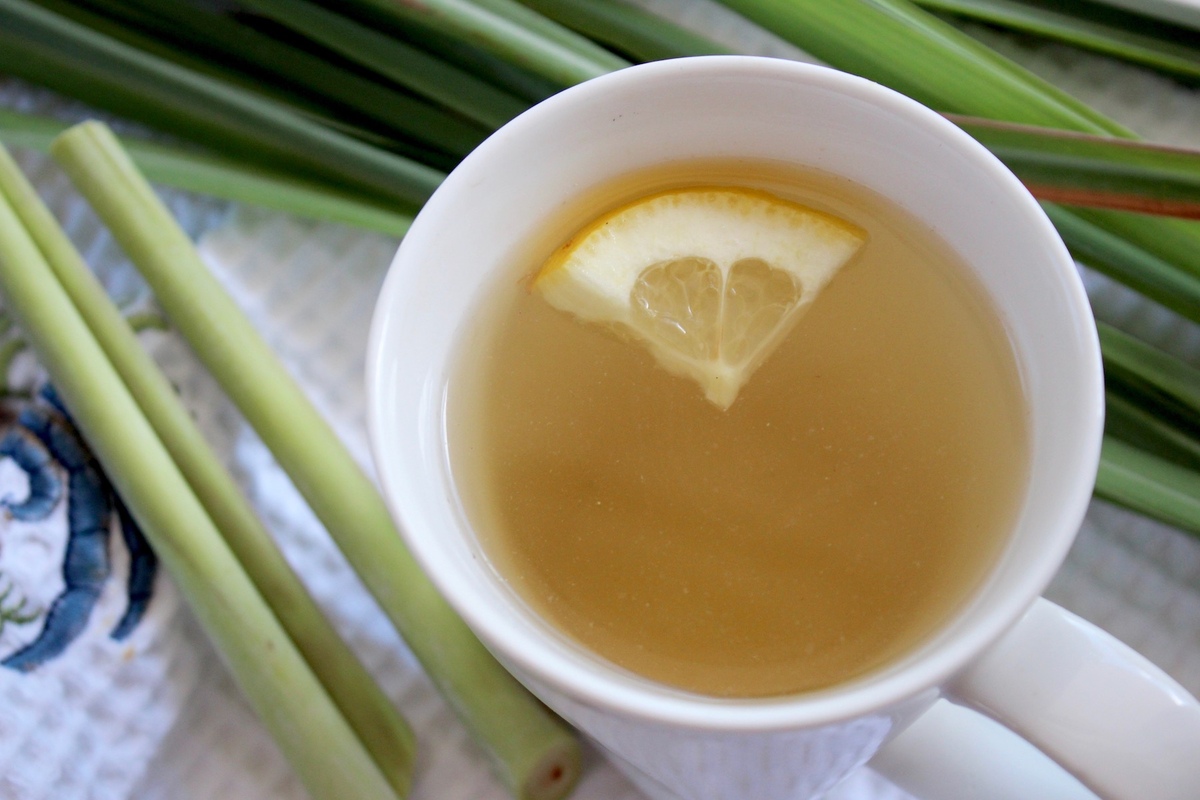
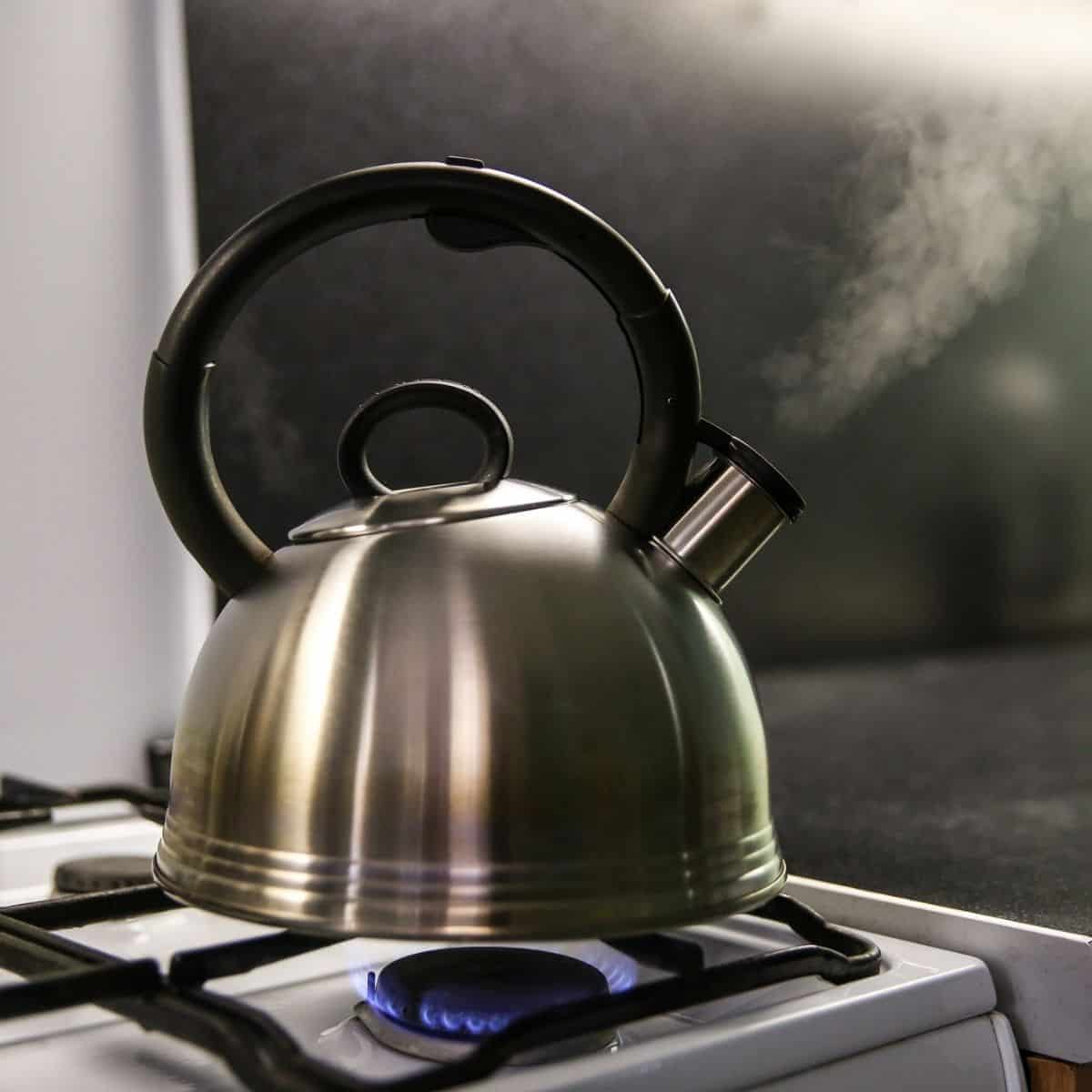
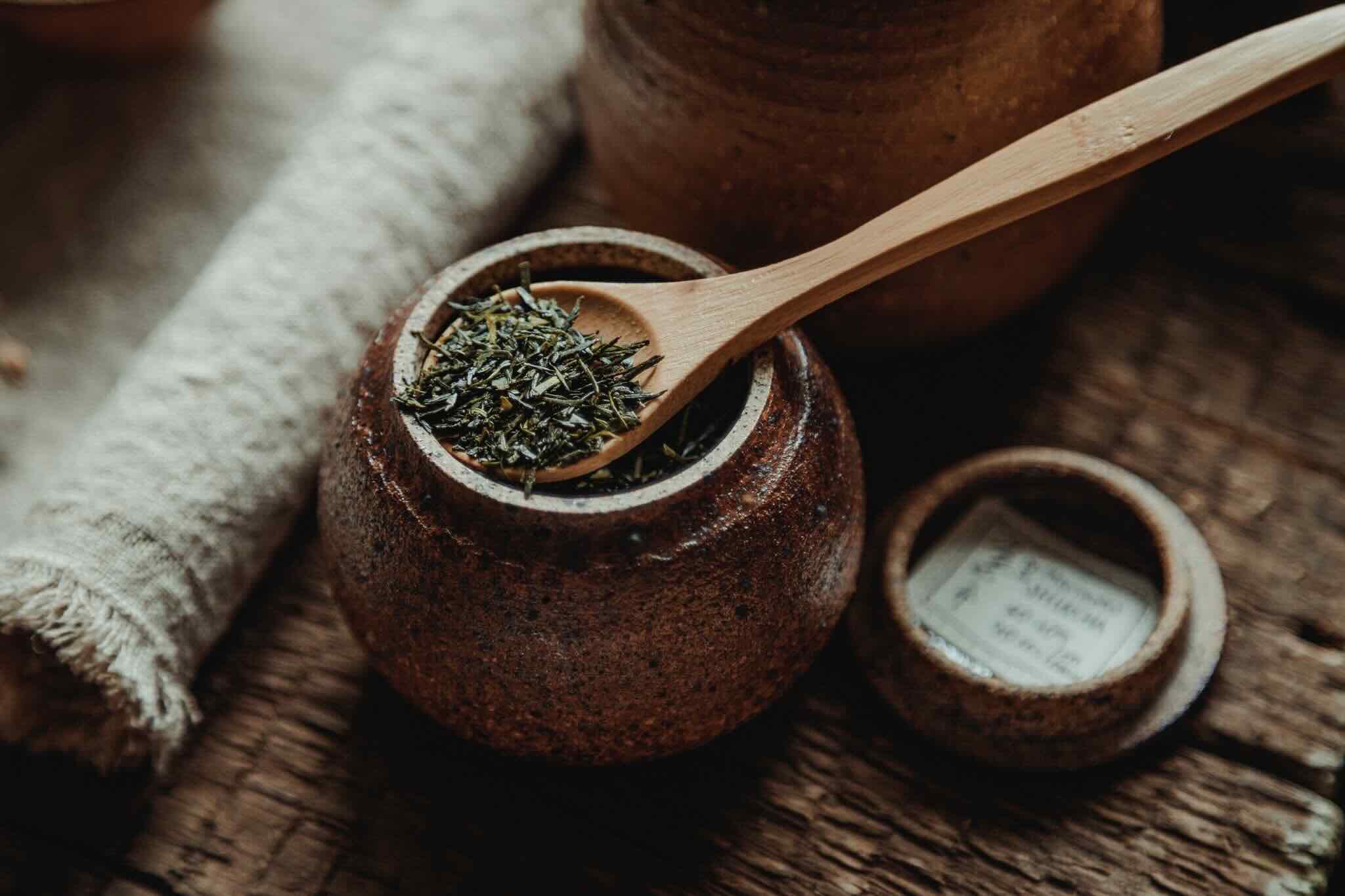
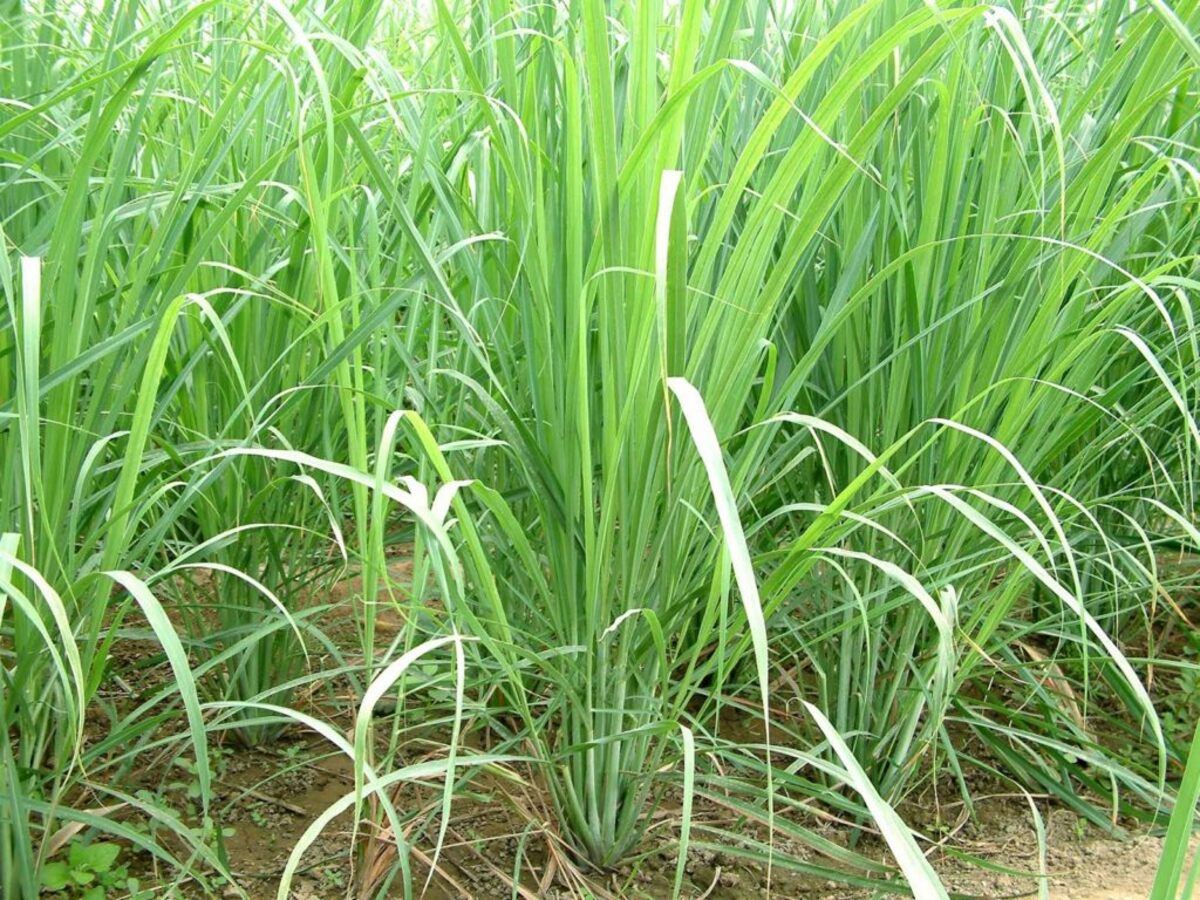
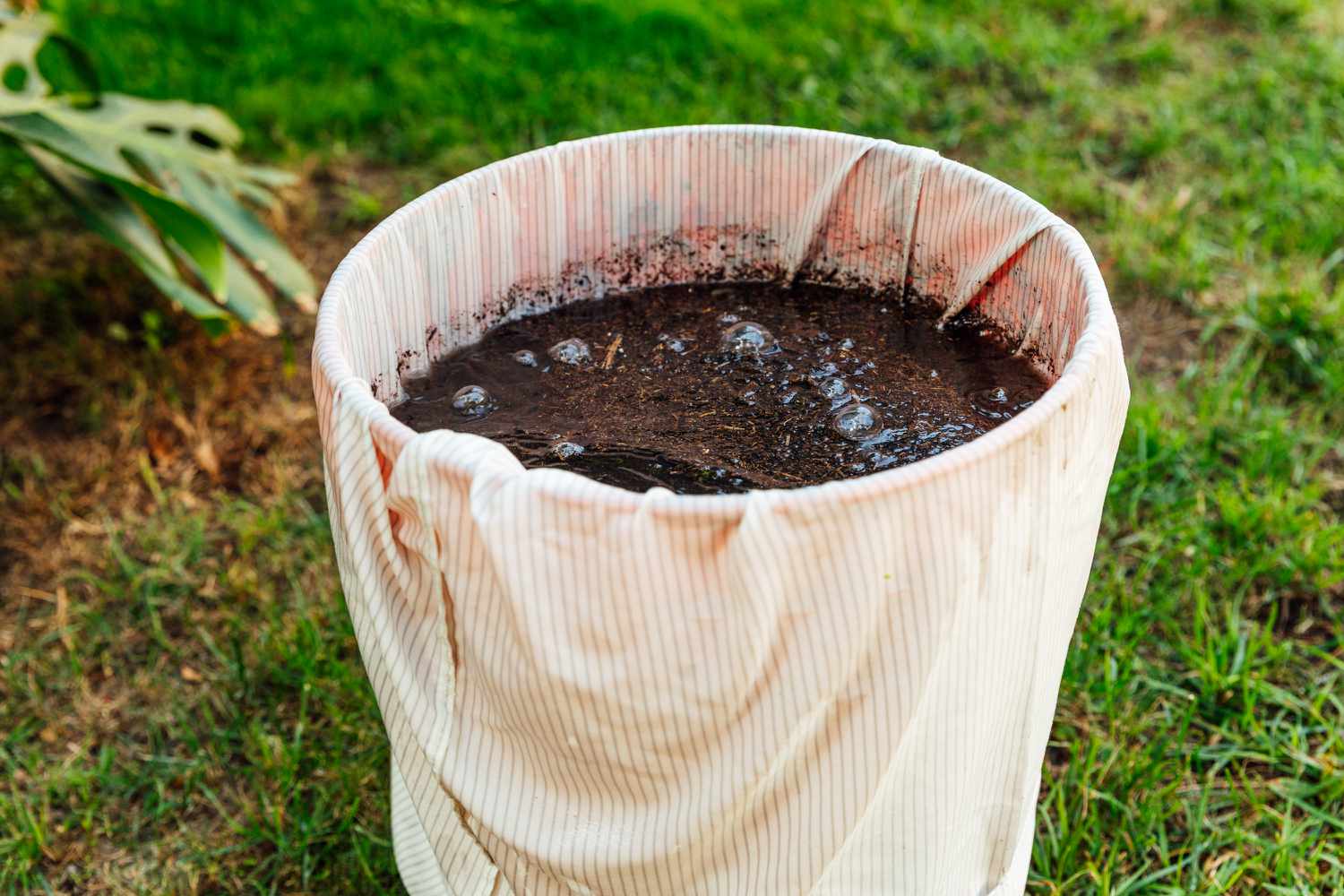
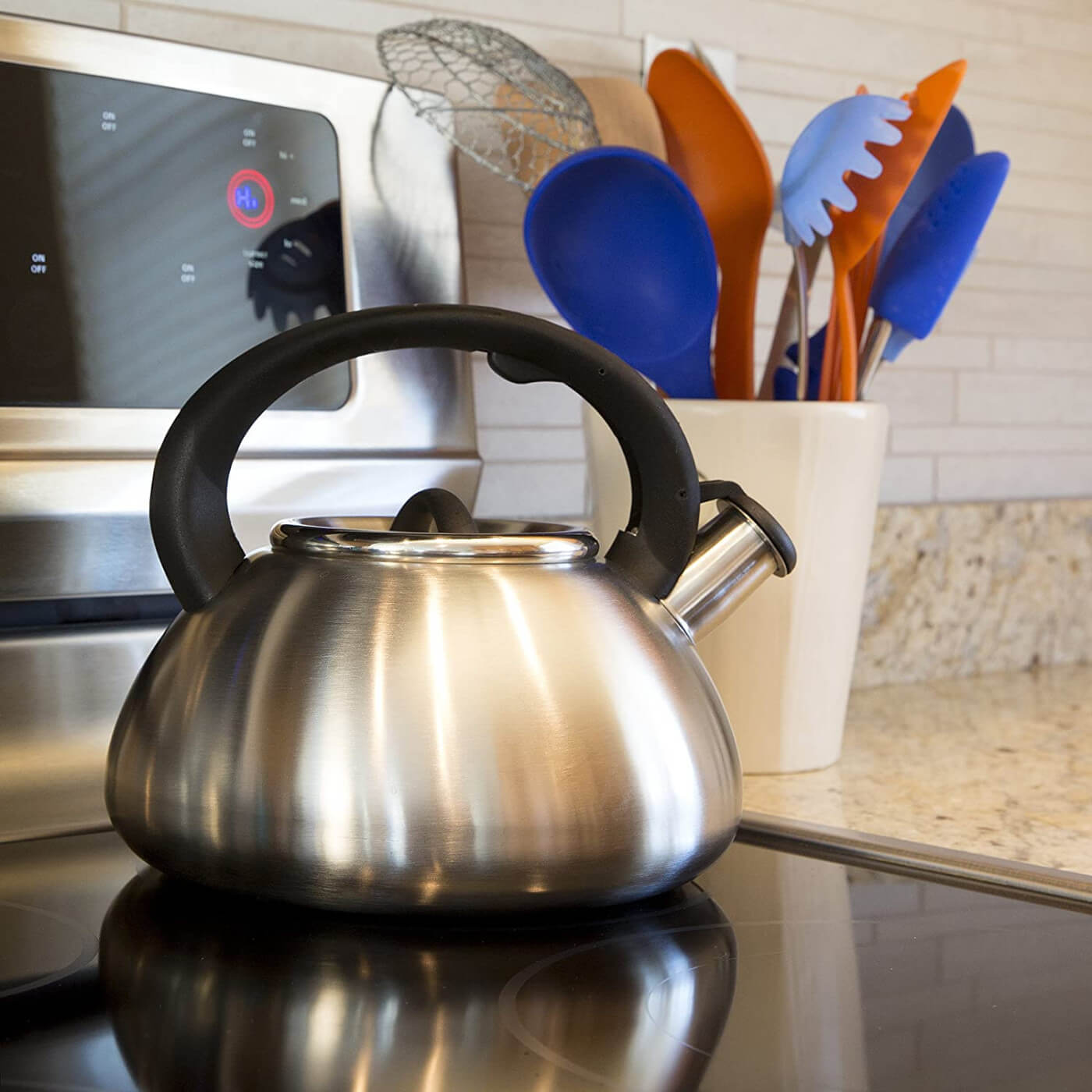
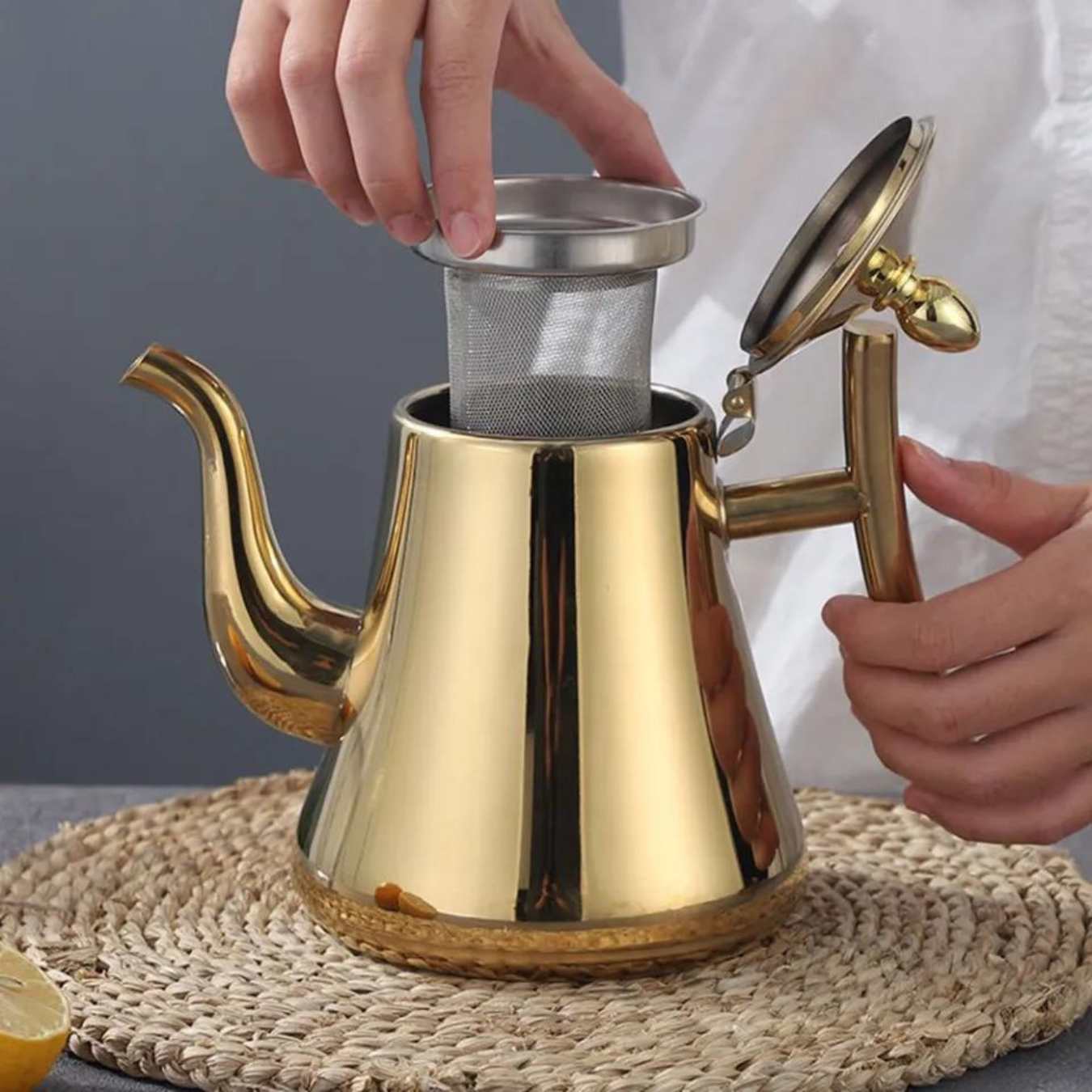

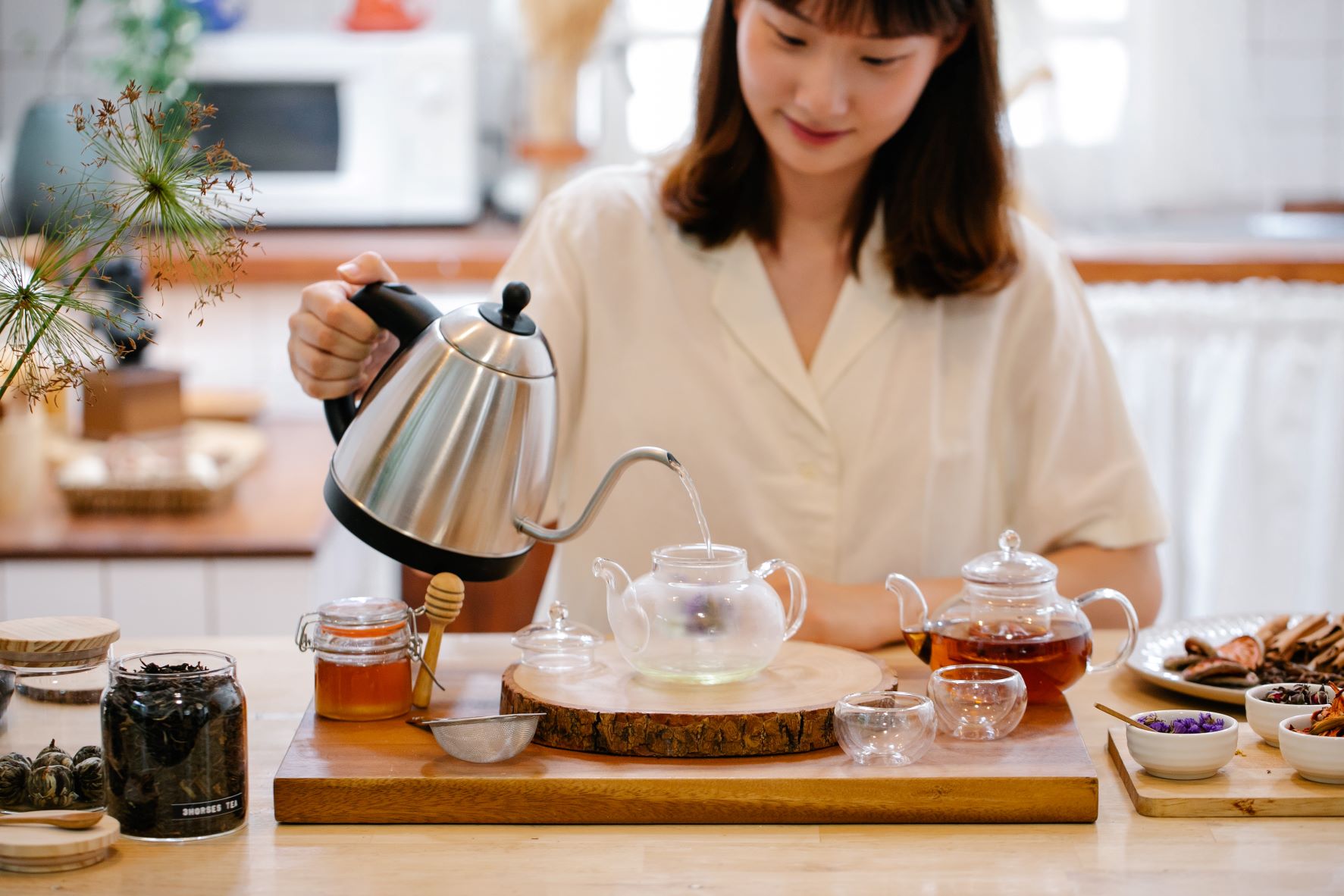
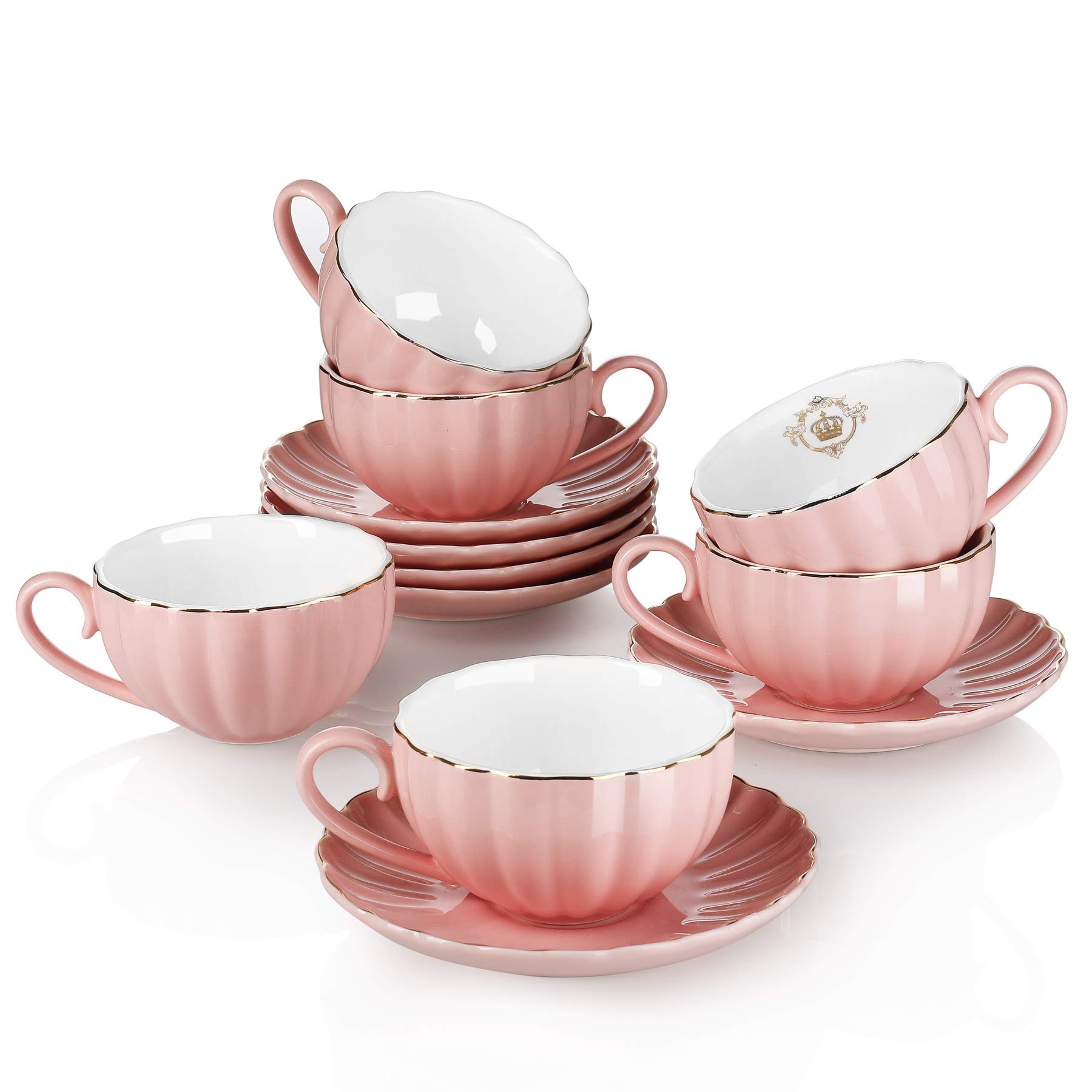
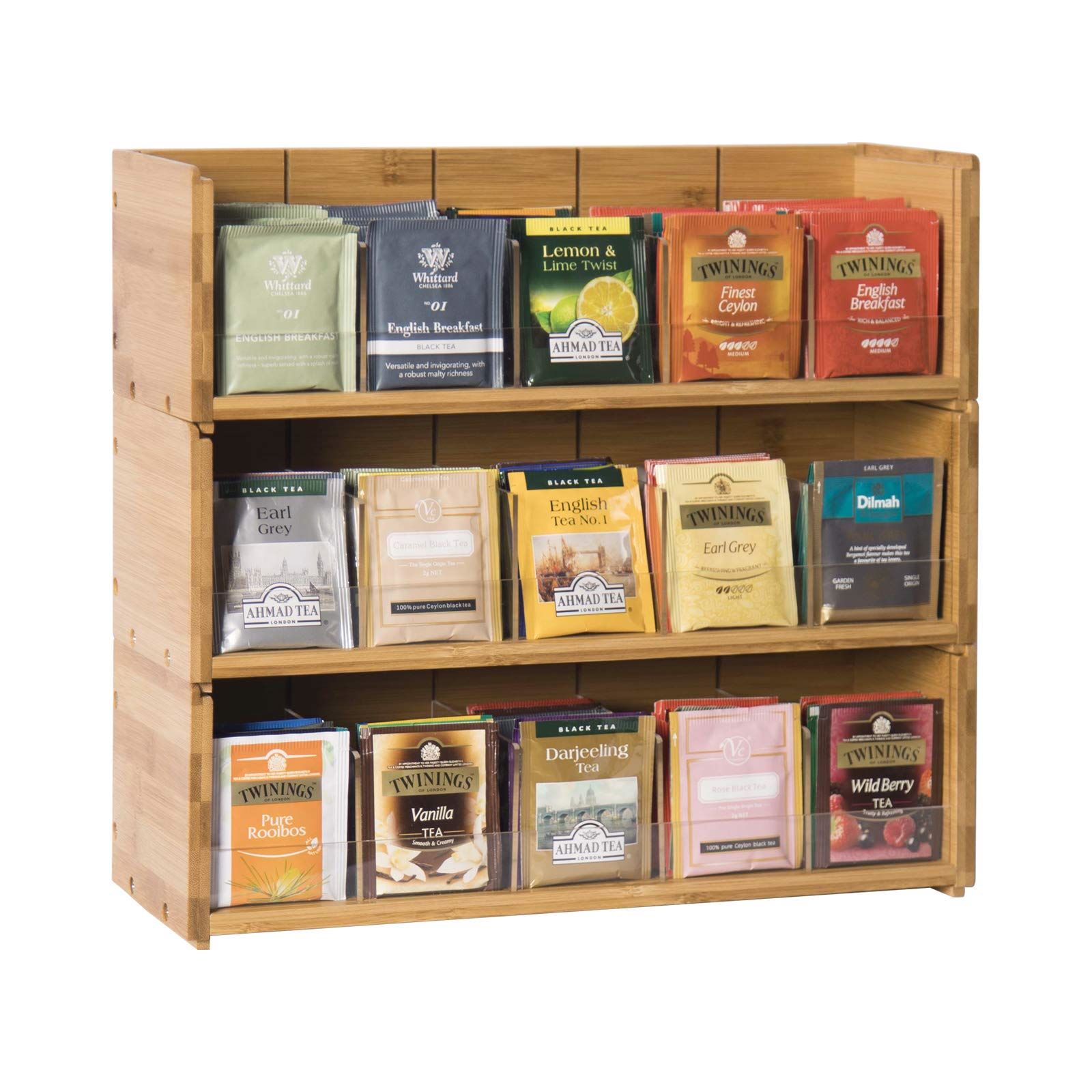

0 thoughts on “How To Store Used Tea Leaves”